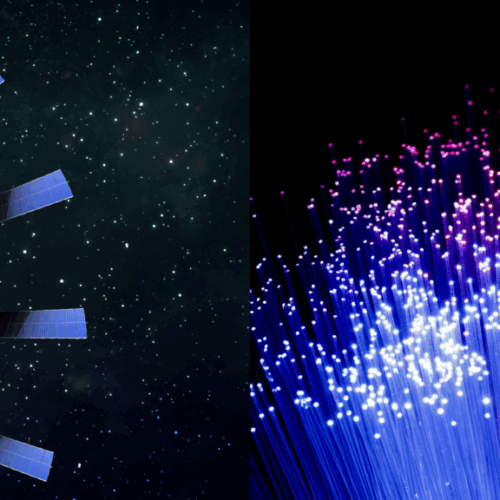
Once predominantly associated with cat videos and viral internet pranks, YouTube has significantly transformed. Today, it occupies a central position within the entertainment ecosystem, further supported by new Nielsen data.
In their latest “The Gauge” report, Nielsen reveals that YouTube captured 12% of total streaming watch time in March, placing it firmly at the top of the streaming hierarchy. This surpasses the combined total of Netflix, Disney+, and all other streaming platforms.
YouTube’s supremacy in the streaming landscape is now beyond dispute. Once perceived as a platform for casual online content, the Google-owned giant is now reshaping how audiences consume television and redefining the rules of engagement in the process.
According to Nielsen, YouTube was already the most-watched streaming service in 2023. Last July, it accounted for 10% of total streaming watch time, which has risen to a record 12% as of March, emphasising the platform’s steady and significant growth.
A key factor behind this increase is the usage of Connected TV (CTV). For many viewers—particularly younger demographics like Gen Z—YouTube is no longer merely an addition to traditional television; it is television. From binge-watching YouTube Shorts to following internet personalities like MrBeast, viewers are increasingly drawn to creator-led content over conventional programming.
Mr Beast’s upcoming reality show Beast Games on Amazon Prime highlights the growing trend of YouTubers moving into mainstream media with massive online followings.
This shift gives advertisers a unique edge: as CTV grows, YouTube blends TV’s reach with digital targeting, offering impactful, full-screen ads and better audience connection.
Whether you are an advertiser aiming to engage with modern audiences or a content creator looking to expand your platform, one thing is becoming increasingly clear: YouTube isn’t just keeping pace with the future of television—it is helping to shape it.











